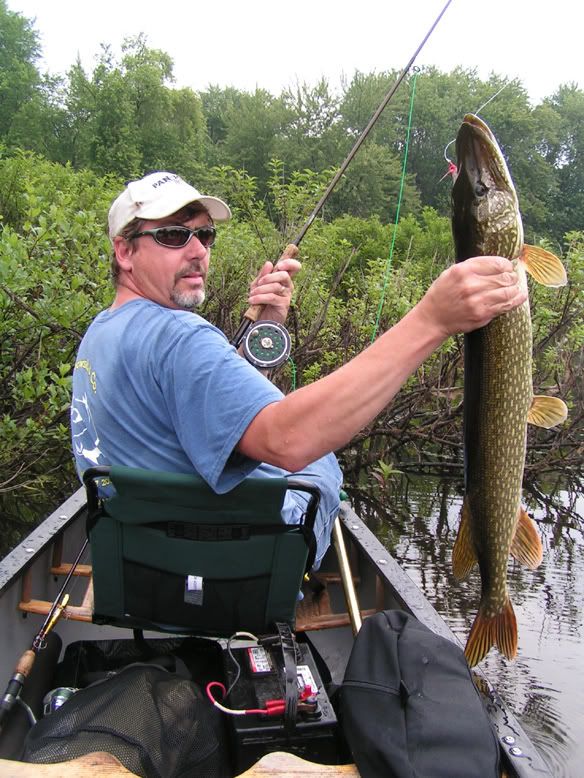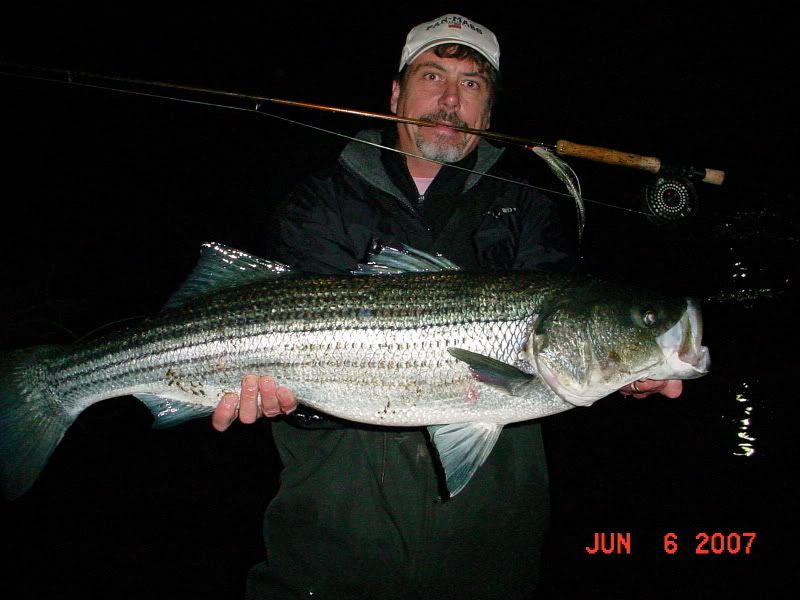Am I mistaken or is that not a man made lake created for "recreation" purposes?
Most likely created by damming a river system that once was linked to the ocean.
I wonder how many native species were impacted by the creation of the dam. Were trout even found in the system to begin with? Are there any pure genetic strains available to restock once they poison the lake? I'm not even gonna ask about the native non-game species. You KNOW they aren't raised in any hatcheries.
Really kinda crazy when you think about it. They spent X millions to dam the river [and killed or impacted untold number of species], then they spent X millions to stock and support a "put and take" trout fishery [which killed or impacted untold numbr of species], and now they're gonna spend X more millions to poison [and kill or impact untold number of species] the nasty pike which might eat some of their precious mutant grocery store truck-bows.
And they portray the pike introduction as some ecological act of terrorism which will disrupt the delicate balance of nature.

I wonder how the trout and pike have coexisted for thousands of years in lakes where they are actually both native?
I wonder how many species, subspecies or genetic strains have disappeared due to pike predation?
How does that compare to the impact of stocking non-native, genetically inferrior or diseased trout into sensitive waters? Look at the golden trout or the east slope cutthroat to name a couple. And how bout whirrling disease?
I'd just like to know where to find those pike that "typically grow to weigh about 55 pounds".

That's where I plan to spend MY next flyfishing vacation!











